Wine tourism
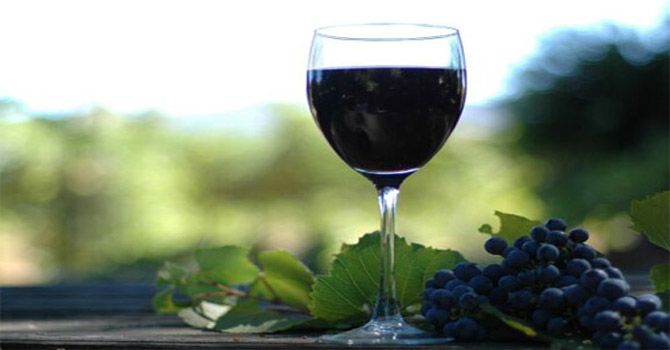
Another way of visiting part of the province of Zamora is by using wine as a guide. Zamora has three wine-producing zones protected under the Denomination of Origin (DO) and a fourth named Protected Denomination of Origin (PDO).
Four denominations allow the traveller to discover some of the most interesting tourist attractions in our province. From south to north, in the DO “Tierra del Vino,” which runs through the “Ruta de la Plata,” portion of the Way of St. James, and includes among other cities, Cubo del Vino, Villanueva de Campeán and the city of Zamora itself, is the highest concentration of Romanesque temples in Europe.
The wine-producing region of Toro, the oldest Denomination of Origin, extends over the extreme southeast part of the province. Thanks to its vast heritage, Toro, the capital of the Denomination, is the focus of tourism.
If there is one part of our territory that has the hallmark of winemaking and would certainly fascinate the visitor, however, it is the region of the Zamoran Arribes, where vines form traditional terraces on the hillsides and wines are protected by the Arribes Denomination of Origin.
The view of the vineyards may be complemented with riverboat trips to visit one of the most astounding natural areas in our province, the Parque Natural de Arribes del Duero.
The vineyards are mostly nestled in historic areas such as Fermoselle, which offer some striking examples of traditional architecture.
Finally, there are the wines of the Valles de Benavente, recently protected under the PDO. Notable along this route are the monuments of Benavente, a strategic crossroads of the Vía de la Plata. Travelling through the Valles, also offers the traveller one of Zamora’s most interesting archaeological tourist itineraries.
![]()
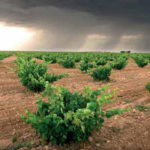 Toro Toro |
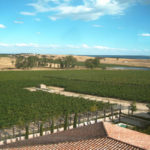 Arribes Arribes |
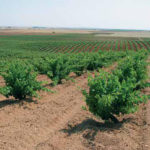 Tierra del Vino Tierra del Vino |
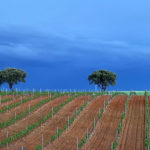 Valles de Benavente Valles de Benavente |
